Triumph Daytona 660 vs Kawasaki Ninja 650 Spec Comparison: What's Different?
With a starting price of Rs 9.72 lakh, the Daytona is a fairly expensive motorcycle. Notably, the Triumph model costs approximately Rs 2.56 lakh more than the Kawasaki Ninja 650, which is priced at Rs 7.16 lakh.

The Triumph Daytona 660 and Kawasaki Ninja 650 are two compelling options in the middleweight sportbike category, each catering to riders with different sets of preferences. The Triumph Daytona 660, with its aggressive styling, advanced electronics, and high-revving triple engine, is built for those who seek a thrilling and focused ride, particularly on twisty roads or the track. In contrast, the Kawasaki Ninja 650 offers a more approachable yet sporty experience, featuring a parallel-twin engine, which balances performance with everyday usability, making it an ideal choice for riders who value versatility and comfort in their rides. Both bikes deliver exciting performance, but they appeal to different types of riders, whether you're looking for razor-sharp precision or a blend of sporty fun and practicality. Let's compare the two.
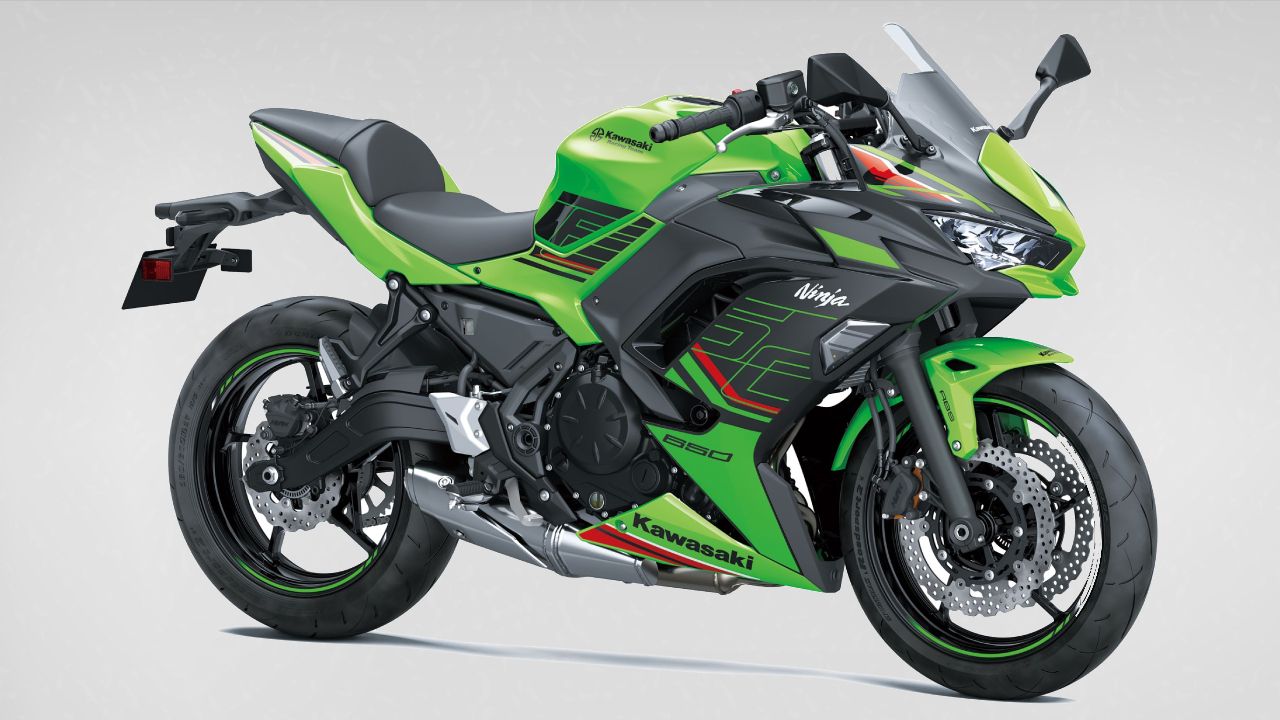
Also Read: Triumph Daytona 660 Launched in India at Rs 9.72 Lakh
Triumph Daytona 660 vs Kawasaki Ninja 650 Spec Comparison: Price Range
With a starting price of Rs 9.72 lakh, the Daytona is a fairly expensive motorcycle. Notably, the Triumph model costs approximately Rs 2.56 lakh more than the Kawasaki Ninja 650, which is priced at Rs 7.16 lakh. All prices are ex-showroom figures.
Triumph Daytona 660 vs Kawasaki Ninja 650 Spec Comparison: Engine Specs
The Triumph Daytona 660 is equipped with a 660cc inline three-cylinder liquid-cooled engine, which generates 69Nm of peak torque at 8,250rpm and 93.8bhp of maximum power at 11,250rpm. Similar to the Trident 660, this engine has also been seen in several other Triumph bikes. The unit is mated to a six-speed gearbox.
With a 649cc liquid-cooled parallel-twin engine developing 64Nm of torque at 6,700rpm and 67.3bhp of peak power at 8,000rpm, the Kawasaki Ninja 650 is comparatively less powerful than the Daytona 660. However, it also features a six-speed gearbox.
Triumph Daytona 660 vs Kawasaki Ninja 650 Spec Comparison: Appearance
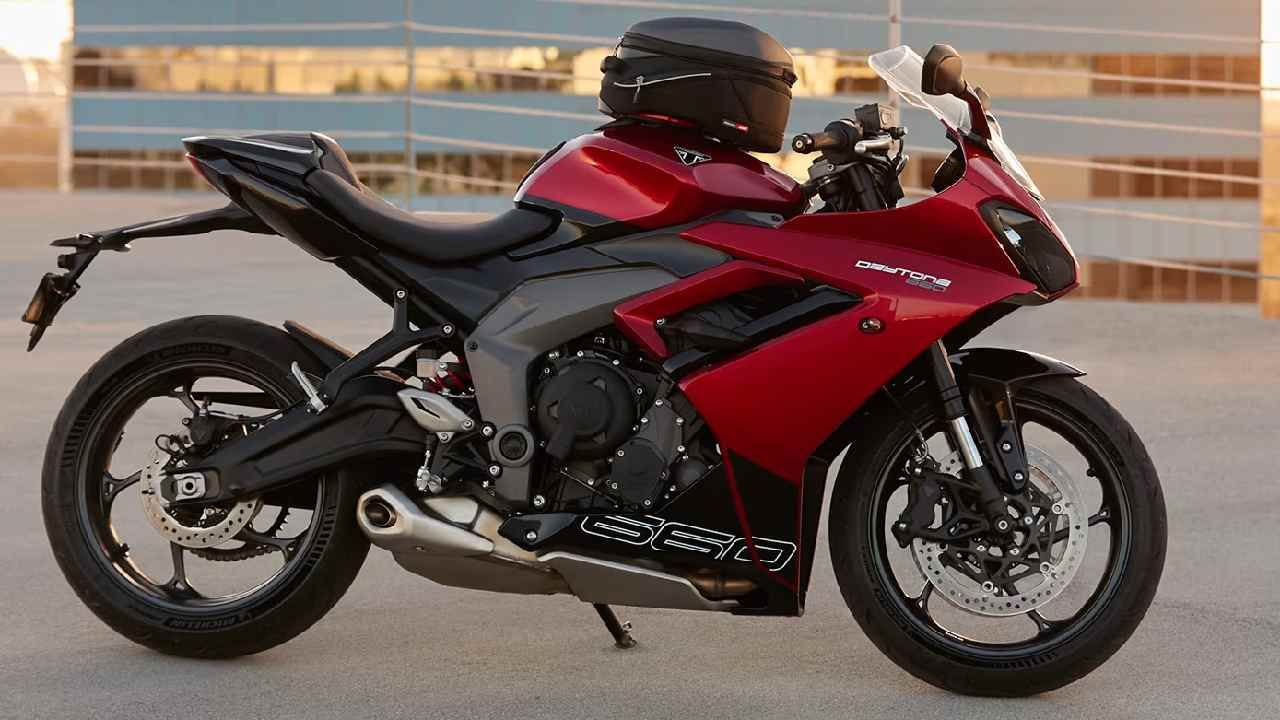
On the design front, the Triumph bike is a classic supersport, with a fully faired appearance, a split seat configuration (bigger than a conventional supersport), dual LED headlamps, a central air intake, and an upward-sloping rear part. It has a simpler and more relaxed rider triangle, which combines sportiness and comfort.

The Ninja 650's green livery is instantly recognisable, and its design significantly adds to its overall aggressive appearance. The Ninja also features twin LED headlamps and integrated LED indicators.
Triumph Daytona 660 vs Kawasaki Ninja 650 Spec Comparison: Features
The Daytona 660 comes packed with several notable features. There are three riding modes available: Road, Rain, and Sport. In addition, the bike sports a colour TFT screen which shows the rider all the information. The integrated Triumph connectivity system allows riders to take calls, adjust their music, and use turn-by-turn navigation.
Although the Ninja doesn't get ride modes, it gets other comparable features. The bike also has a TFT colour display and Bluetooth connectivity for smartphones, allowing access to telemetry data and adjustments to vehicle functions. However, it still lacks phone connectivity and navigation capabilities.
Also Read: Kawasaki Ninja ZX-25RR Special Edition With Cosmetic Upgrades Unveiled in Indonesia
Triumph Daytona 660 vs Kawasaki Ninja 650 Spec Comparison: Hardware
The Triumph Dayton 660 has 120/70/R17 tyres up front and 180/55/R17 at the back. With 110mm of wheel travel, there are Showa 41mm upside-down separate function forks. A 130mm wheel travel Showa mono-shock with preload adjustment is offered at the back. Braking is handled by a twin 310mm floating disc up front with four-piston callipers, and a 220mm disc with a single-piston calliper setup at the back.
The Kawasaki Ninja 650 has a comparatively simple setup. The front tyres measure 120/70R17, while the back tyres measure 160/60R17. The front has 41mm regular forks with 125mm of wheel travel, while the rear has a mono-shock with preload adjustment and 130mm of wheel travel. Braking is handled by twin 300mm semi-floating petal discs with dual-piston callipers up front and a 220mm disc with a single-piston calliper at the back.




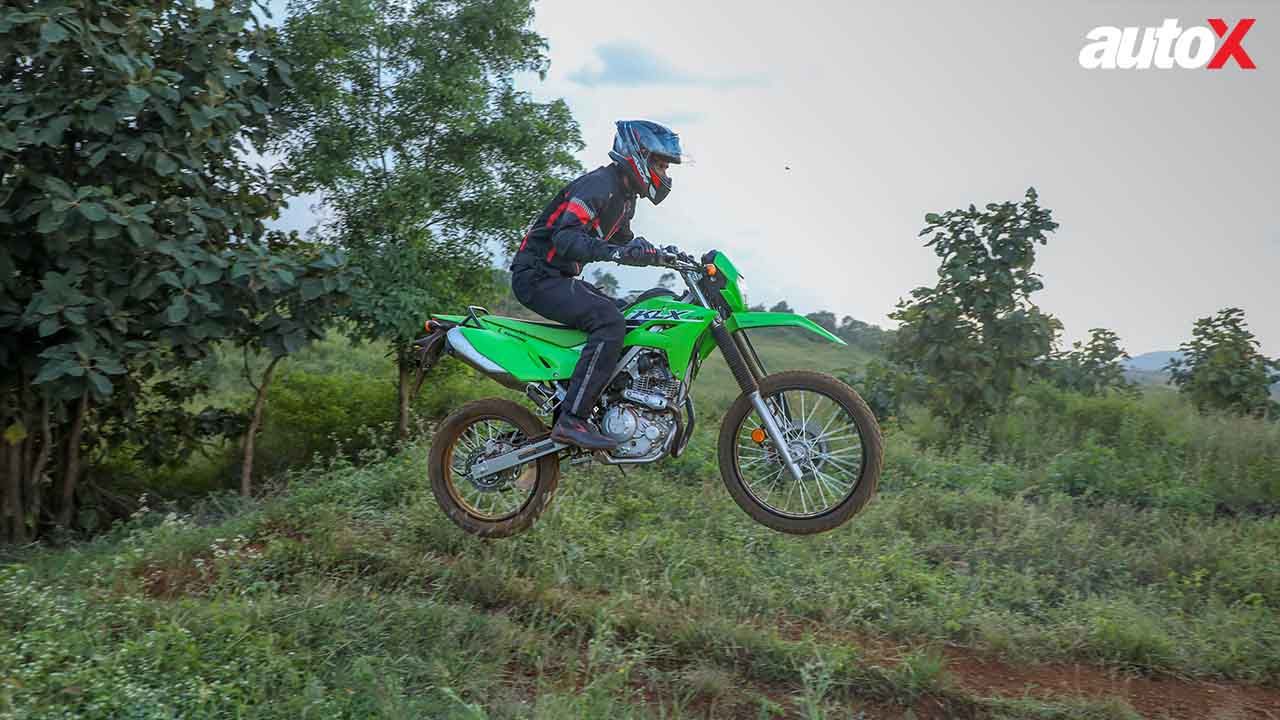
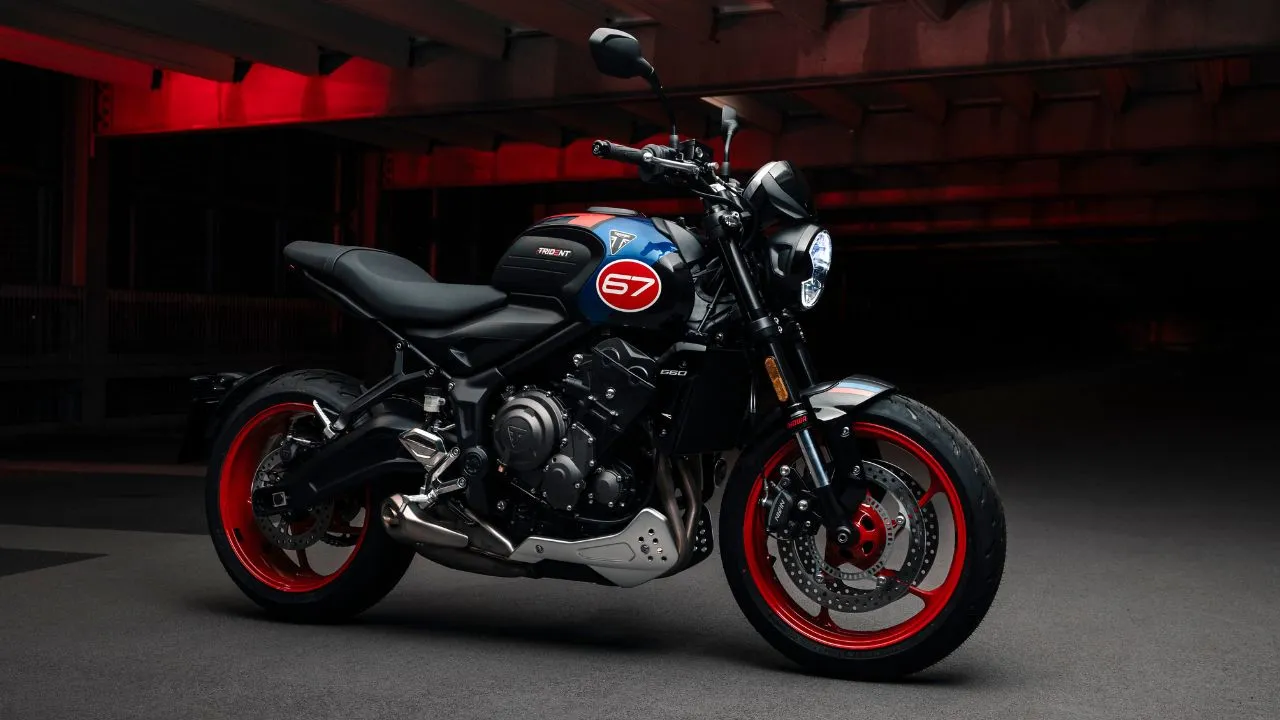
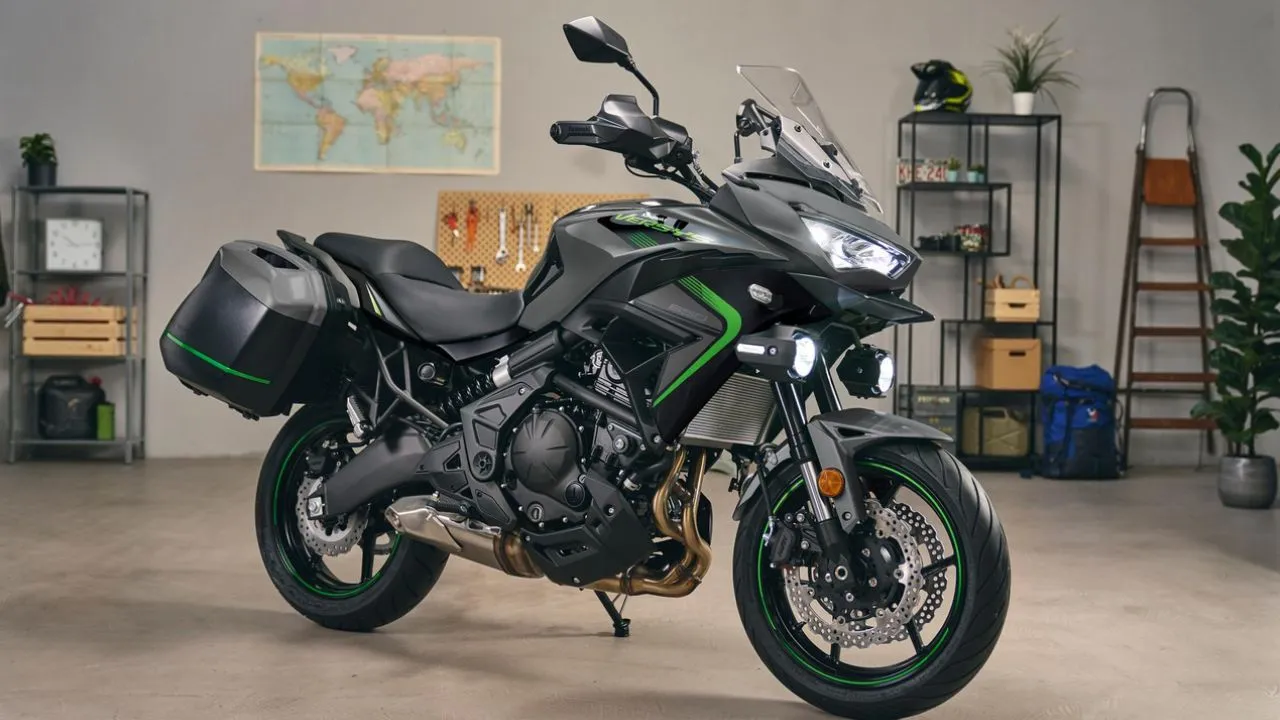
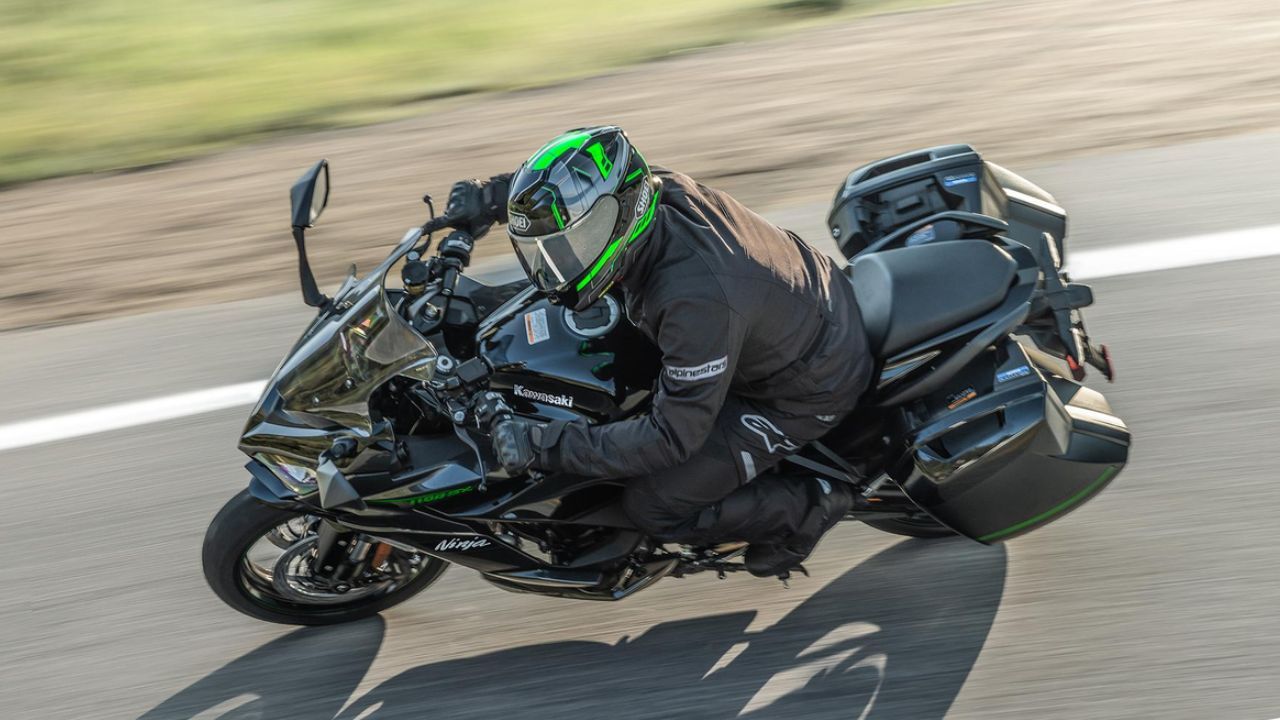
Write your Comment on